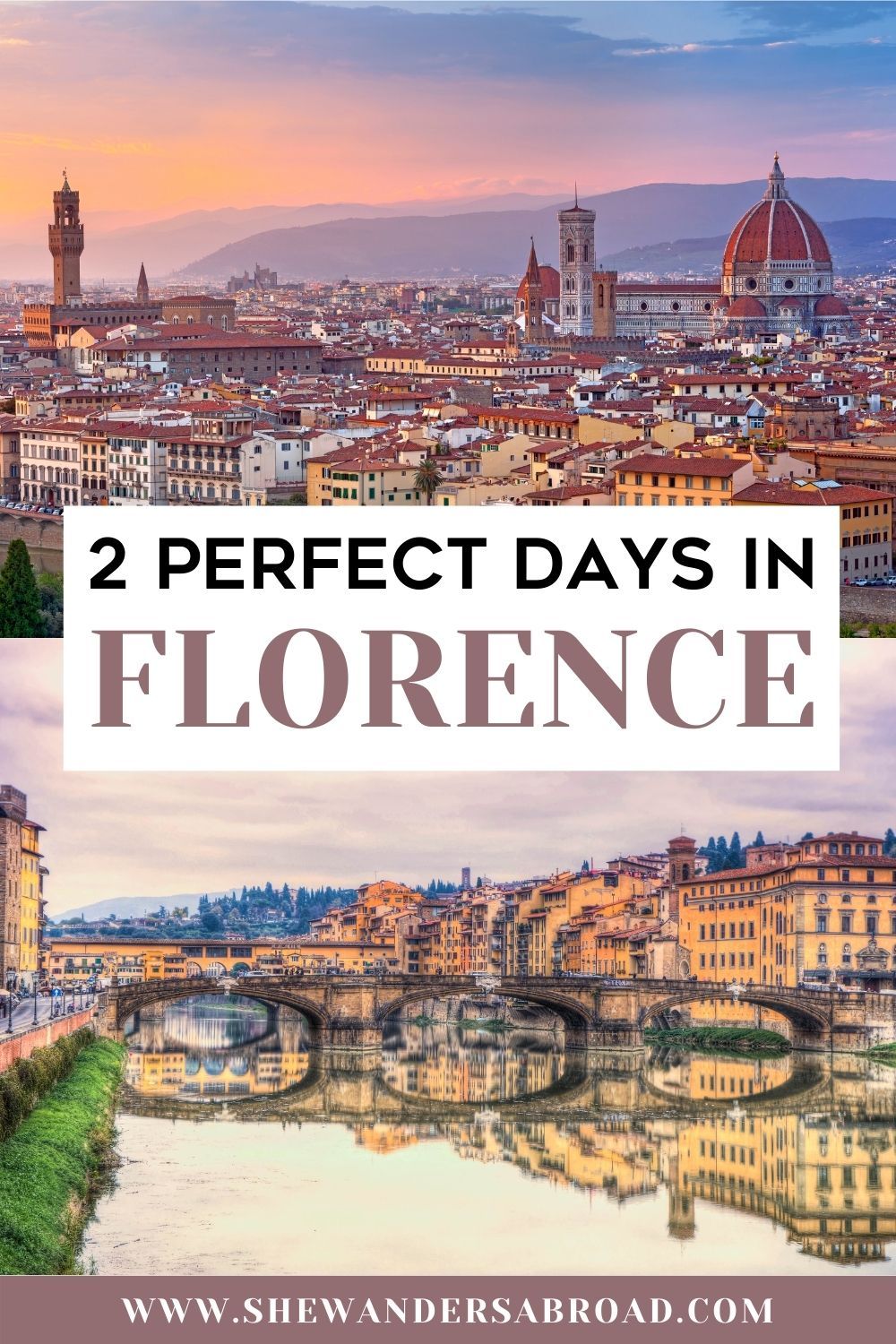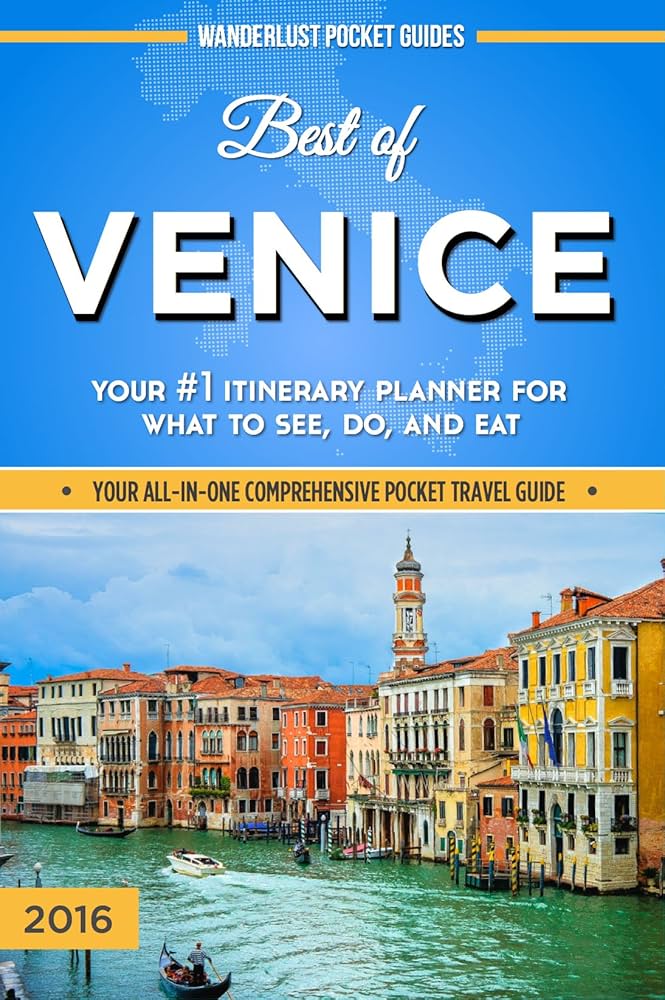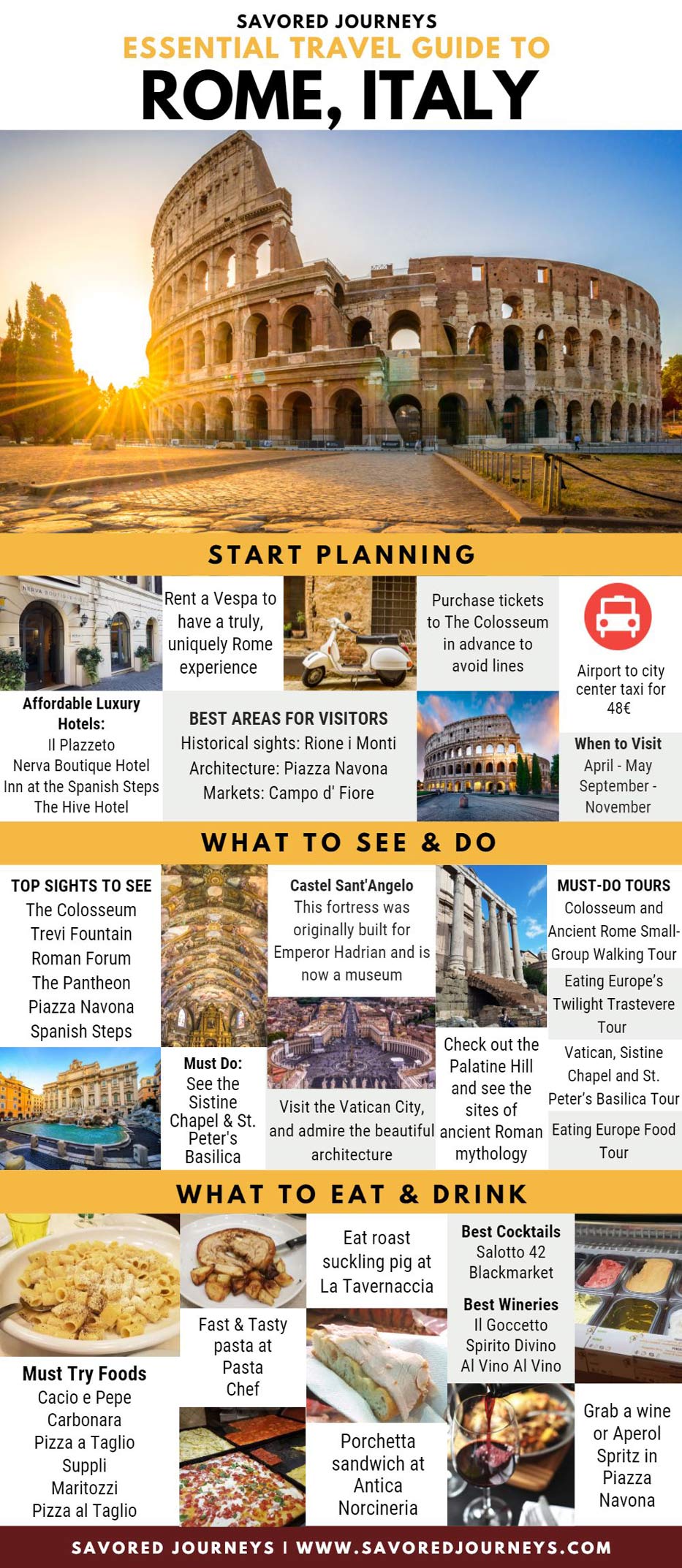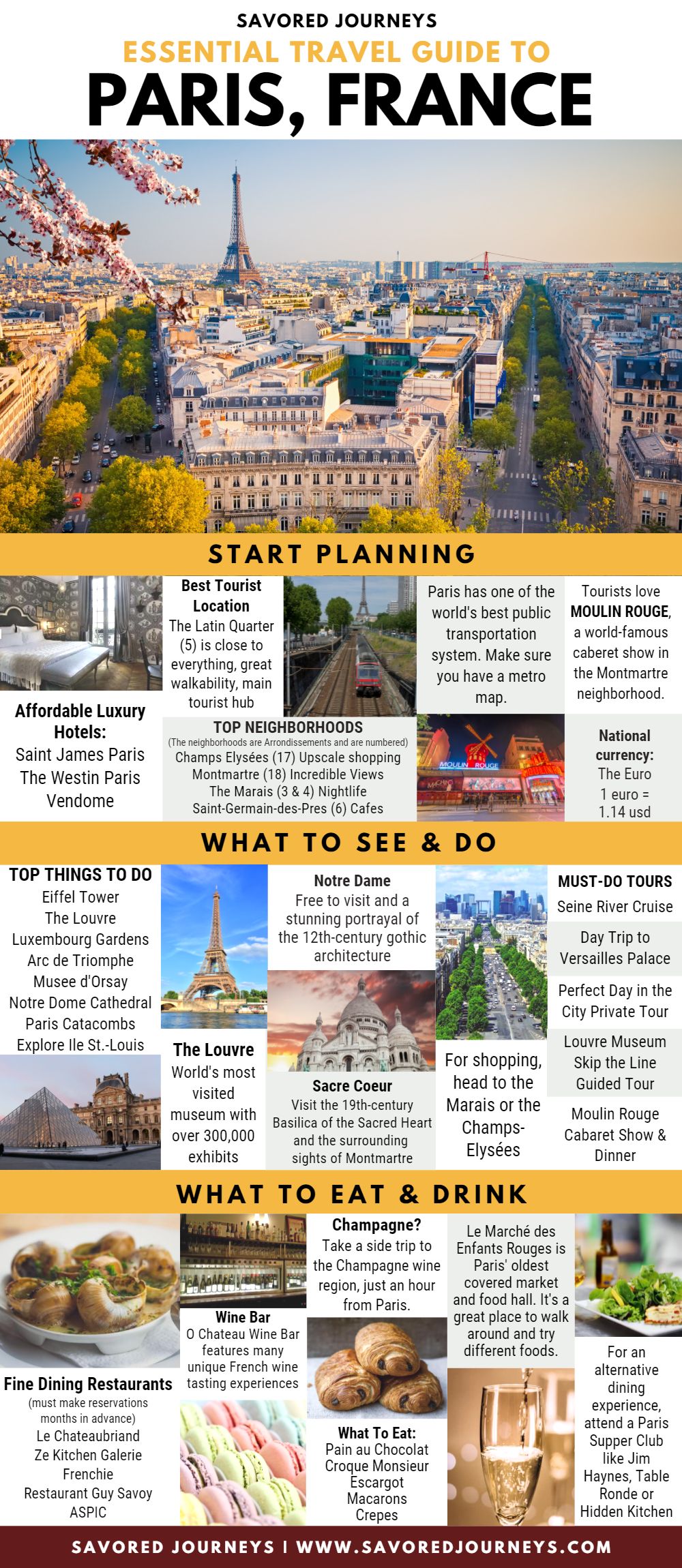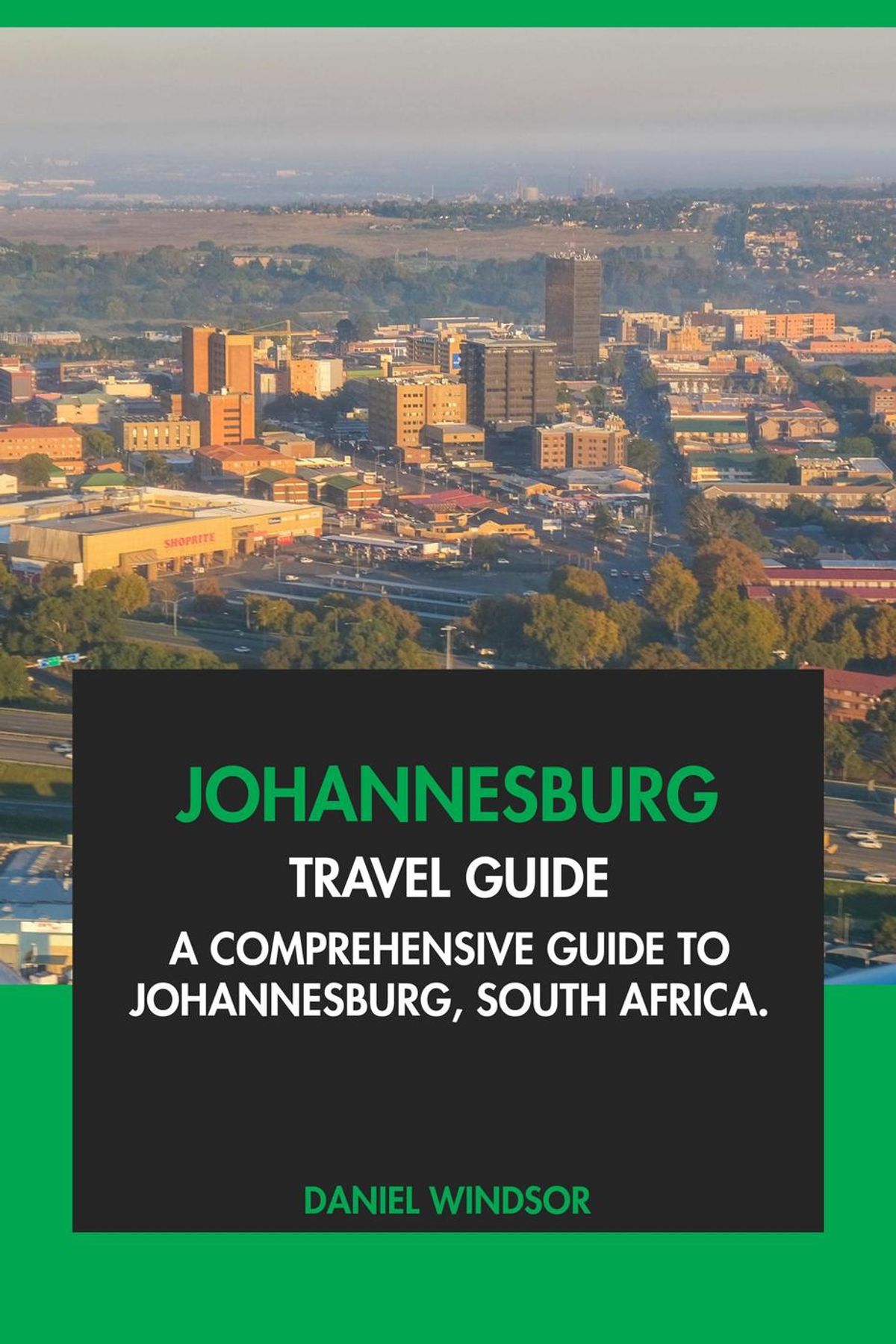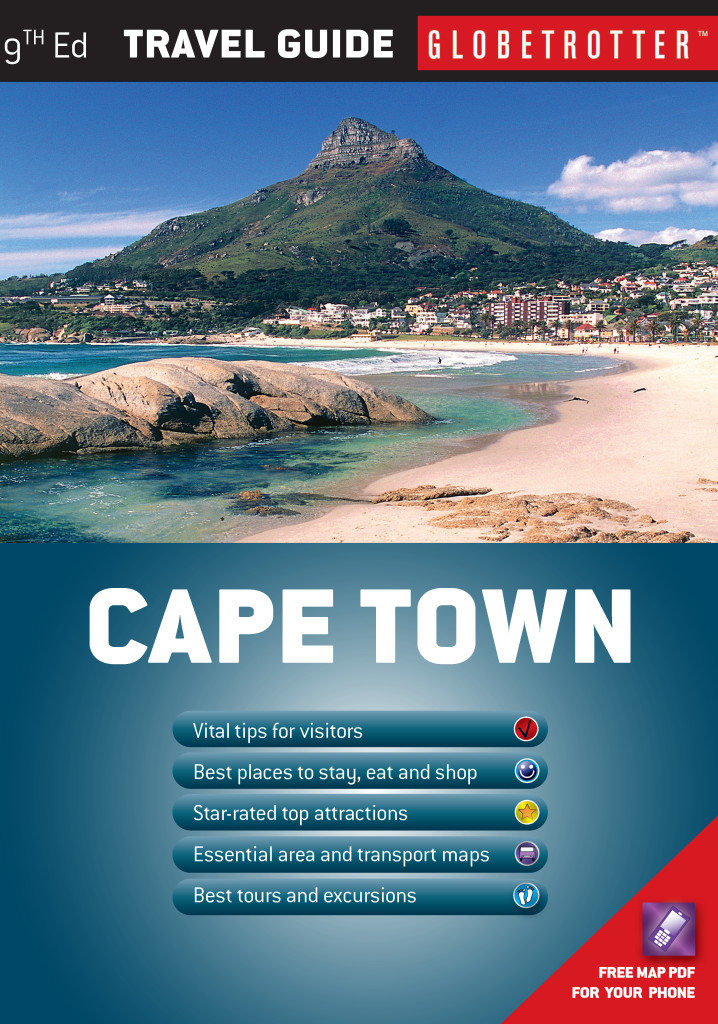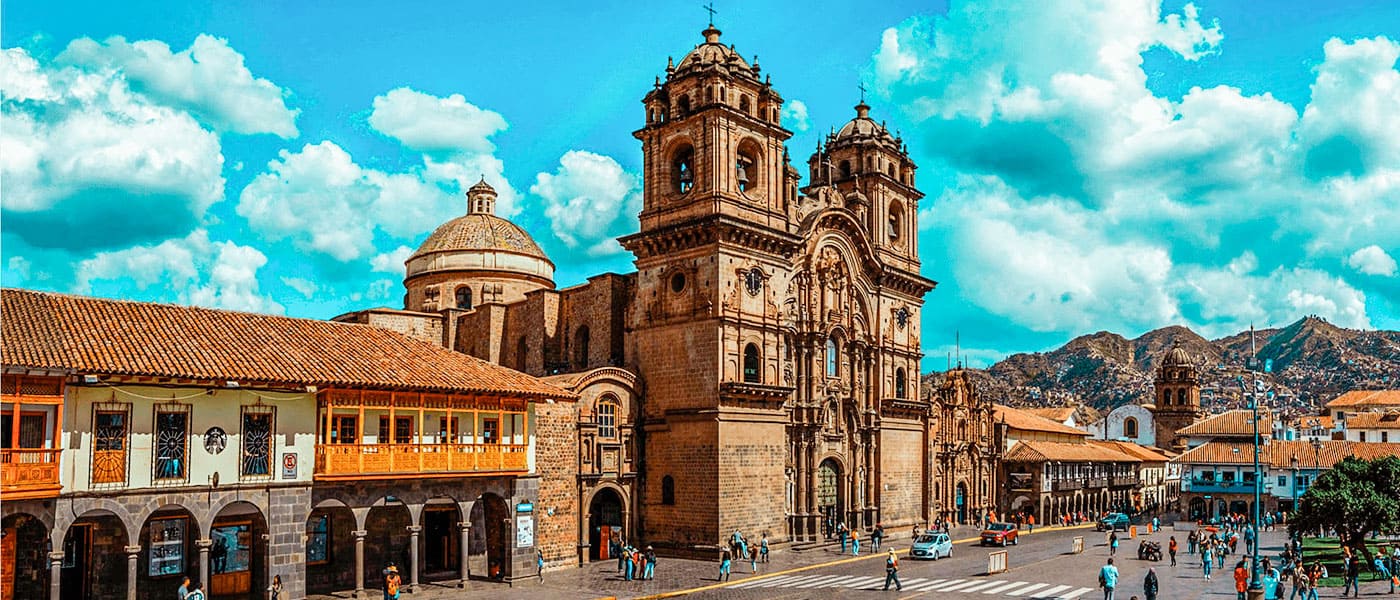
Nestled high in the Peruvian Andes, the ancient city of Cusco, often referred to as the "Navel of the World" (Qosqo in Quechua), beckons travelers with an irresistible blend of history, culture, and breathtaking natural beauty. Once the illustrious capital of the Inca Empire, Cusco today stands as a testament to a rich past, where pre-Columbian stonework intertwines seamlessly with colonial Spanish architecture. This vibrant city, a UNESCO World Heritage site, serves as the primary gateway to the iconic Machu Picchu, but it is much more than just a stopover. With its captivating history, bustling markets, exquisite cuisine, and an array of attractions both within and beyond its limits, Cusco promises an unforgettable adventure.
This comprehensive guide will delve into the best places to visit in Cusco, exploring its fascinating history, highlighting main attractions, offering essential travel tips, advising on the best time to visit, suggesting nearby accommodation, tantalizing with local food delights, and outlining transportation options, ensuring your journey through this Andean marvel is as enriching as possible.
A Journey Through Time: Cusco’s Enduring History
Related Articles about Cusco: Navigating the Navel of the World – A Comprehensive Guide:
- Phuket’s Paradise: A Comprehensive Guide to the Island’s Top Hotels and Unforgettable Experiences
- Discovering the Jewels of Malaysia: An Ultimate Travel Guide
- South Africa: A Symphony of Landscapes, Cultures, and Adventures – Your Ultimate Travel Guide
- Ho Chi Minh City: A Kaleidoscope of History, Hustle, and Heart
- Manila’s Grand Dames and Modern Marvels: A Journey Through the City’s Top Hotels
Cusco’s history is a dramatic tapestry woven from indigenous ingenuity and colonial conquest. Legend attributes its founding to Manco Cápac, the first Sapa Inca, around the 12th century. Over the next three centuries, Cusco transformed into the sprawling capital of Tahuantinsuyu, the Inca Empire, a vast realm stretching from Ecuador to Chile. The Incas were master builders, astronomers, and engineers, whose sophisticated society revolved around a deep connection to the Pachamama (Mother Earth) and their sun god, Inti. Cusco was their spiritual and administrative heart, its streets paved with intricate stonework, its temples adorned with gold, reflecting the empire’s power and spiritual devotion.
The arrival of the Spanish conquistadors led by Francisco Pizarro in 1533 marked a violent turning point. Despite fierce resistance, the Inca Empire crumbled, and Cusco was sacked. The Spanish, in an attempt to assert their dominance and erase indigenous culture, built their churches, mansions, and plazas directly atop the foundations of Inca palaces and temples. This architectural syncretism is one of Cusco’s most striking features: massive Inca walls supporting colonial churches, and narrow cobblestone streets retaining their ancient pathways.
For centuries, Cusco remained an important colonial city, albeit overshadowed by Lima. However, its historical significance was rediscovered in the early 20th century, particularly after Hiram Bingham’s "discovery" of Machu Picchu in 1911. Today, Cusco embraces its dual heritage, offering visitors a unique window into both the grandeur of the Inca Empire and the enduring legacy of Spanish colonialism.
Main Attractions: Unveiling Cusco’s Treasures
Cusco and its surrounding region are brimming with sites that captivate and inspire. From the heart of the city to the peaks of the Sacred Valley, here are the must-visit attractions:
Within Cusco City:
-
Plaza de Armas: The vibrant heart of Cusco, this grand square was once the Inca Huacaypata, the main ceremonial center. Today, it’s a bustling hub surrounded by stunning colonial arcades, the majestic Cusco Cathedral, and the beautiful Church of La Compañía de Jesús. It’s the perfect place to people-watch, soak in the atmosphere, and begin your exploration.
-
Cusco Cathedral: A magnificent example of Spanish colonial architecture, built on the foundations of the Inca Viracocha’s palace. Its construction spanned almost a century, resulting in a fascinating blend of Renaissance, Baroque, and Gothic styles. Inside, you’ll find an impressive collection of colonial art, including the famous "Last Supper" painting featuring a guinea pig (cuy) as the main dish.
-
Qorikancha (Coricancha) & Santo Domingo Convent: This was once the most important temple in the Inca Empire, dedicated primarily to Inti, the Sun God. Its walls were reportedly lined with sheets of gold. The Spanish built the Santo Domingo Convent directly on top of and around its precise Inca stonework, creating a powerful visual juxtaposition of conqueror and conquered. The surviving Inca walls are an engineering marvel, fitting together without mortar and designed to withstand earthquakes.
-
San Blas District: Known as the "Artisan’s Quarter," San Blas is a charming labyrinth of narrow, steep cobblestone streets, whitewashed houses, and picturesque plazas. It’s home to many artists’ workshops, galleries, and boutique shops. The San Blas Church, with its intricately carved pulpit, is a notable highlight, and the district offers some of the best panoramic views of the city.
-
Sacsayhuaman: Perched on a hill overlooking Cusco, this immense archaeological site is a testament to Inca architectural prowess. Often described as a fortress, it was more likely a ceremonial complex or temple. Its massive zigzag walls are constructed from colossal stones, some weighing over 100 tons, fitted together with incredible precision. The site offers breathtaking views of Cusco and the surrounding valleys.
-
Q’enqo: A short distance from Sacsayhuaman, Q’enqo (meaning "labyrinth" or "zigzag") is an intriguing Inca huaca (sacred place) carved directly into a large limestone rock. It features ceremonial altars, intricate channels, and a subterranean chamber, believed to have been used for mummification, sacrifices, and astronomical observations.
-
Puka Pukara: Known as the "Red Fort" (from Quechua puka "red" and pukara "fortress"), this site is believed to have been a military checkpoint, a tambo (resting place), or a caravanserai for travelers approaching Cusco. Its strategically placed terraces, walls, and stairways offer insight into Inca defensive architecture.
-
Tambomachay: Often referred to as "The Inca’s Bath," Tambomachay is an exquisite example of Inca hydraulic engineering. It features a series of beautifully carved stone terraces and aqueducts that channel pristine spring water, which flows year-round. It’s believed to have been a spa or a site for water rituals and purification ceremonies.
Day Trips & Beyond: The Sacred Valley and Machu Picchu
-
The Sacred Valley of the Incas (Valle Sagrado): A lush, fertile valley stretching between Cusco and Machu Picchu, dotted with captivating Inca ruins, traditional villages, and stunning landscapes. Popular stops include:
- Pisac: Famous for its bustling Sunday market (though daily smaller markets exist) where local artisans sell textiles, ceramics, and jewelry. Above the town lies the impressive Pisac Inca ruins, a complex of terraces, temples, and residential areas offering spectacular views.
- Ollantaytambo: A living Inca town and a formidable fortress. Its massive terraces, temples, and storehouses were built to defend the valley. It’s also a major train station for journeys to Machu Picchu.
- Chinchero: Known for its traditional Andean weaving demonstrations and a beautiful colonial church built on Inca foundations. Its vibrant Sunday market is less touristy than Pisac’s.
- Moray: An enigmatic archaeological site featuring concentric terraced depressions resembling an amphitheater. It’s believed to have been an agricultural laboratory where the Incas experimented with different crop varieties and microclimates.
- Salineras de Maras: Thousands of ancient salt evaporation ponds terraced into a hillside, fed by a natural spring. The salt has been harvested here since pre-Inca times, creating a dazzling white and pink landscape.
-
Machu Picchu: The crown jewel of Peruvian tourism and one of the New Seven Wonders of the World. This breathtaking 15th-century Inca citadel, hidden amidst cloud forests, remains an enduring mystery and a testament to Inca ingenuity. Its precise stonework, stunning mountain backdrop, and spiritual aura make it an unparalleled destination.
- Getting there: Most travelers take a train from Ollantaytambo or Poroy (near Cusco) to Aguas Calientes, the town at the base of Machu Picchu, followed by a bus up to the ruins. For the adventurous, the multi-day Inca Trail trek is an unforgettable experience.
- Tips: Book tickets (Machu Picchu entry, train, bus) months in advance, especially during peak season. Consider climbing Huayna Picchu or Machu Picchu Mountain for additional views (requires separate tickets).
Best Time to Visit Cusco
Cusco experiences two main seasons:
- Dry Season (May to October): This is the most popular time to visit, characterized by sunny days, clear skies, and cooler nights. It’s ideal for hiking and outdoor activities, including the Inca Trail. However, it’s also the busiest and most expensive time, requiring bookings for accommodations and tours well in advance.
- Wet Season (November to April): Characterized by frequent, though often brief, rain showers. The landscape is lush and green, and there are fewer crowds, leading to lower prices for flights and hotels. While hiking trails can be muddy, the rain rarely lasts all day, and photography opportunities can be stunning with dramatic skies. January and February are the wettest months, with the Inca Trail closed in February for maintenance.
Shoulder seasons (April/May and October/November) often offer the best balance of good weather, fewer crowds, and reasonable prices.
Culinary Journey: Local Food in Cusco
Peruvian cuisine is globally celebrated, and Cusco offers a fantastic array of traditional dishes and modern gastronomic experiences.
- Cuy al Horno (Roasted Guinea Pig): A traditional delicacy, often served whole. While it might seem unconventional to some, it’s a significant part of Andean culture and cuisine, often enjoyed on special occasions.
- Lomo Saltado: A popular fusion dish blending Peruvian and Chinese influences. It features stir-fried beef (or alpaca) with onions, tomatoes, and French fries, typically served with rice.
- Aji de Gallina: A creamy, spicy chicken stew made with a yellow chili (aji amarillo) sauce, milk, bread, and walnuts, usually served with rice and boiled potatoes.
- Rocoto Relleno: A vibrant, spicy dish from Arequipa, but popular in Cusco, featuring rocoto peppers (spicier than bell peppers) stuffed with ground meat, vegetables, and cheese, then baked.
- Causa Rellena: A colorful layered potato dish, typically with mashed yellow potatoes seasoned with lime and aji amarillo, filled with tuna, chicken, or vegetables.
- Quinoa: This ancient superfood is a staple in Andean cuisine, found in soups, salads, and even desserts.
- Chicha Morada: A refreshing non-alcoholic drink made from purple corn, pineapple, cinnamon, and cloves.
- Pisco Sour: Peru’s national cocktail, a potent and delicious blend of Pisco brandy, lime juice, simple syrup, egg white, and Angostura bitters.
- Where to Eat: Explore the vibrant San Pedro Market for authentic street food and local produce. For a more upscale experience, many restaurants around the Plaza de Armas offer fine dining. Don’t miss trying a traditional picantería for hearty, home-style Andean cooking.
Nearby Hotels: A Place to Rest Your Head
Cusco offers a diverse range of accommodations to suit every budget and travel style.
- Luxury: For an opulent experience, consider the Belmond Hotel Monasterio (a former monastery) or the Palacio del Inka, a Luxury Collection Hotel, both offering exceptional service and amenities. The JW Marriott El Convento Cusco also combines colonial charm with modern comforts.
- Boutique: The charming Inkaterra La Casona or El Mercado offer intimate settings, often within beautifully restored colonial buildings, providing a personalized touch.
- Mid-Range: Options like the Novotel Cusco or Xima Exclusive Cusco provide comfortable rooms and reliable service at a more accessible price point.
- Budget & Hostels: Cusco has a thriving backpacker scene with numerous hostels offering dorms and private rooms, such as Pariwana Hostel Cusco or Wild Rover Hostel Cusco, known for their social atmosphere.
- Location: Staying near the Plaza de Armas offers convenience to attractions, restaurants, and nightlife. The San Blas district provides a more bohemian, quieter atmosphere with unique boutique hotels and guesthouses. For those prioritizing peace, look for hotels a few blocks away from the main square.
Transportation Options: Navigating Cusco and Beyond
Getting to and around Cusco is relatively straightforward, with various options catering to different budgets and preferences.
-
Getting to Cusco:
- By Air: The most common way to reach Cusco is by flying into Alejandro Velasco Astete International Airport (CUZ). Direct flights are available from Lima and other major Peruvian cities. Book flights in advance, especially during peak season.
- By Bus: Long-distance buses connect Cusco with Lima, Arequipa, Puno, and other cities. While more economical, journeys can be long (e.g., 22+ hours from Lima) and roads winding, making flying a more popular choice.
-
Getting Around Cusco City:
- Walking: Cusco’s historic center is best explored on foot. Its narrow, cobblestone streets, hidden plazas, and architectural details are best appreciated at a leisurely pace. Be prepared for uphill climbs due to the city’s topography.
- Taxis: Readily available and affordable. Always agree on the fare before starting your journey, as meters are rarely used.
- Local Buses (Colectivos): An inexpensive way to get around the city, though routes can be confusing for first-time visitors.
-
Getting to Sacred Valley and Machu Picchu:
- Organized Tours: Many tour operators in Cusco offer full-day or multi-day tours to the Sacred Valley, including transportation, guides, and entrance fees. This is the most convenient option for visiting multiple sites.
- Collectivos (Shared Vans): A budget-friendly way to travel to towns in the Sacred Valley like Pisac or Ollantaytambo. They depart frequently from designated terminals in Cusco.
- Private Taxis: You can hire a private taxi for a day to explore the Sacred Valley at your own pace. Negotiate the price beforehand.
- Trains to Machu Picchu: PeruRail and Inca Rail operate scenic train services from Poroy (near Cusco) or Ollantaytambo to Aguas Calientes (Machu Picchu Pueblo). Book tickets well in advance.
- Inca Trail & Other Treks: For the ultimate adventure, various trekking companies offer multi-day hikes to Machu Picchu, including the classic Inca Trail, Salkantay Trek, and Lares Trek. Permits for the Inca Trail are highly limited and must be booked months in advance through an authorized operator.
Essential Travel Tips for Cusco
- Acclimatize to the Altitude: Cusco sits at an elevation of 3,400 meters (11,150 feet). Altitude sickness (soroche) is common. Take it easy on your first day, hydrate well, avoid alcohol and heavy meals, and consider chewing coca leaves or drinking coca tea (a traditional remedy). Consult your doctor about altitude sickness medication.
- Boleto Turistico (Cusco Tourist Ticket): This ticket grants access to most major archaeological sites in Cusco and the Sacred Valley (Sacsayhuaman, Q’enqo, Puka Pukara, Tambomachay, Pisac, Ollantaytambo, Moray, Chinchero, and more). It’s more cost-effective than buying individual tickets if you plan to visit multiple sites.
- Stay Hydrated & Protect from Sun: The high altitude and strong sun can lead to dehydration and sunburn. Drink plenty of bottled water, use high SPF sunscreen, wear a hat, and sunglasses.
- Dress in Layers: Andean weather can change rapidly. Days can be warm and sunny, while nights are often chilly. Layers are essential.
- Comfortable Footwear: You’ll be doing a lot of walking on cobblestone streets and uneven terrain. Comfortable, sturdy shoes are a must.
- Safety: Cusco is generally safe for tourists, but like any popular destination, be aware of your surroundings, especially in crowded areas. Watch out for pickpockets, and avoid walking alone at night in dimly lit areas.
- Currency: The local currency is the Peruvian Sol (PEN). ATMs are widely available, and credit cards are accepted in most hotels and larger restaurants, but it’s always good to have some cash for smaller purchases, markets, and taxis.
- Learn Basic Spanish: While many people in the tourism industry speak English, knowing a few basic Spanish phrases will enhance your experience and interactions with locals.
- Respect Local Culture: The Quechua culture is deeply rooted in Cusco. Be respectful of local customs, traditions, and people. Ask permission before taking photos of individuals.
Conclusion
Cusco is more than just a city; it’s an experience that resonates deep within the soul. From its majestic Inca foundations to its vibrant colonial plazas, its bustling markets to its serene mountain vistas, Cusco offers a journey through time and a feast for the senses. Whether you’re drawn by the allure of ancient ruins, the thrill of Andean adventure, the warmth of local culture, or the delights of Peruvian cuisine, Cusco promises an unforgettable chapter in your travel story. Prepare to be enchanted by the Navel of the World, where every cobblestone has a tale to tell and every vista inspires wonder. Your Peruvian adventure begins here.



